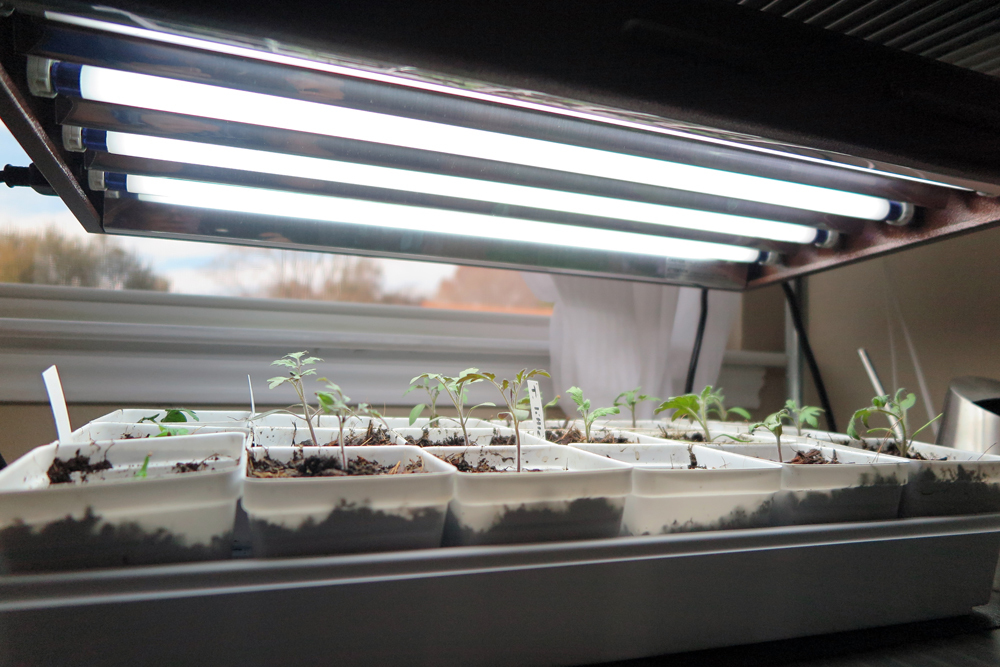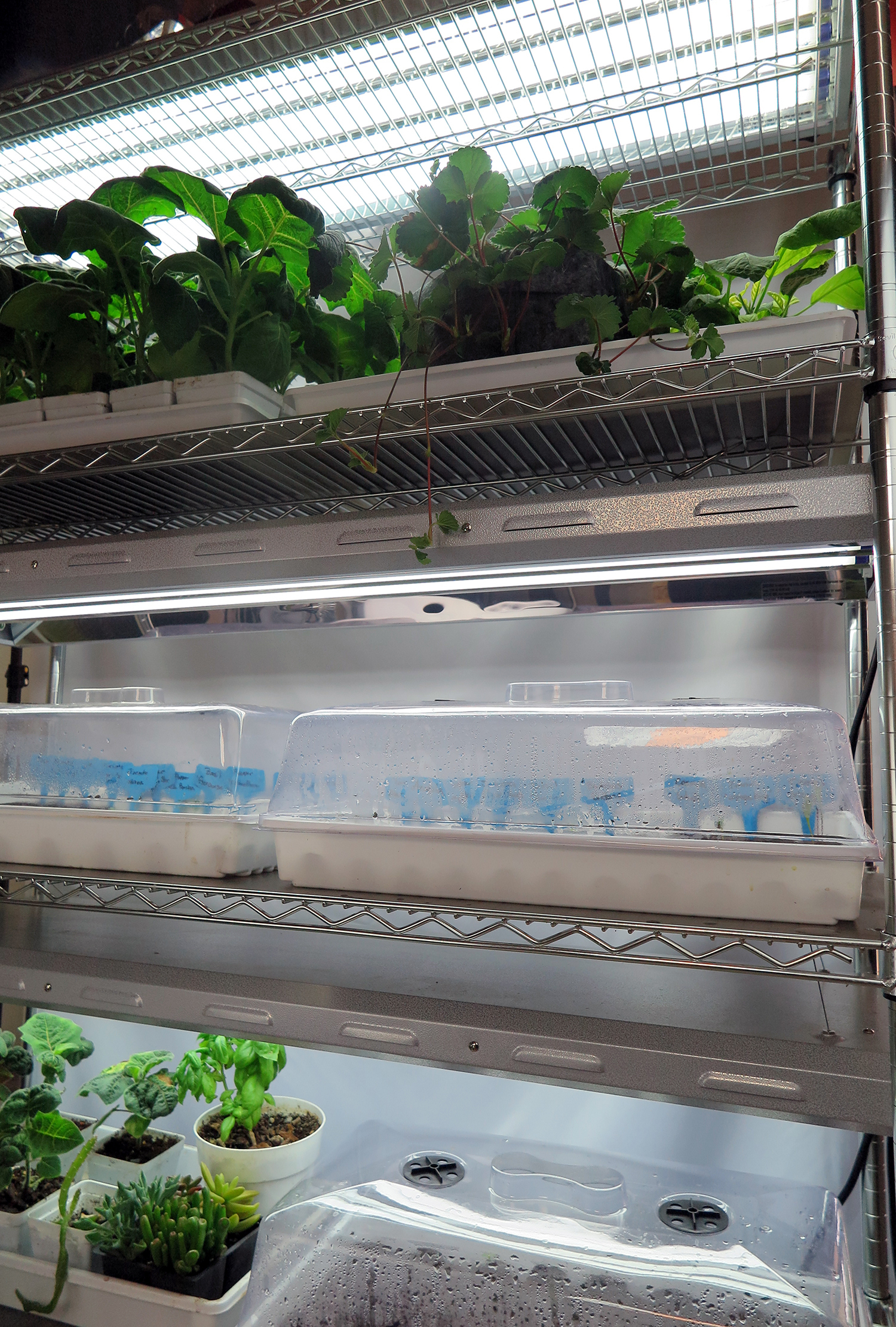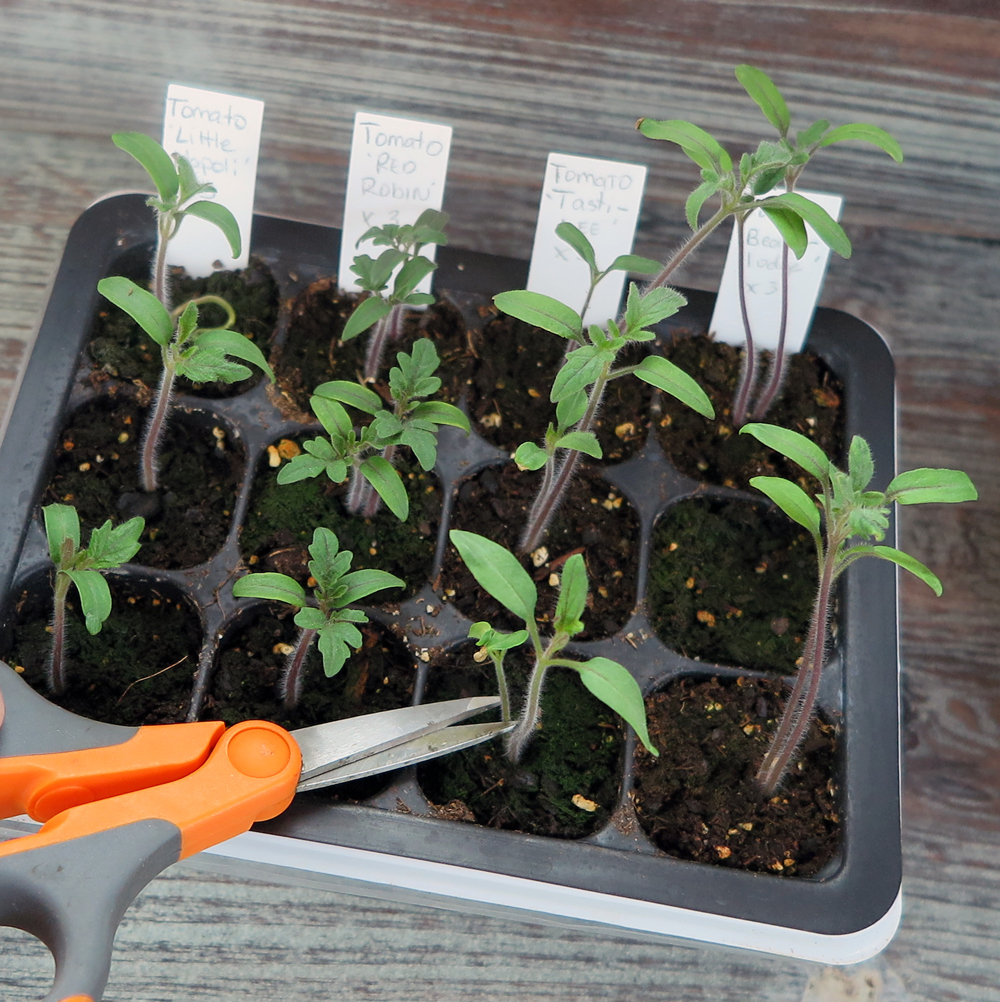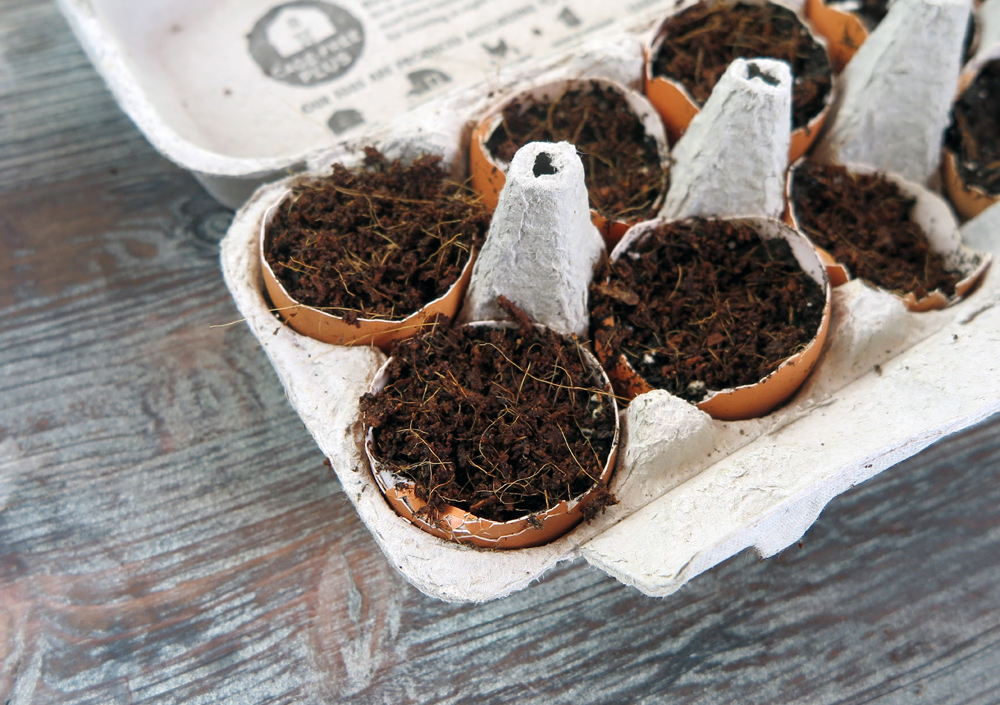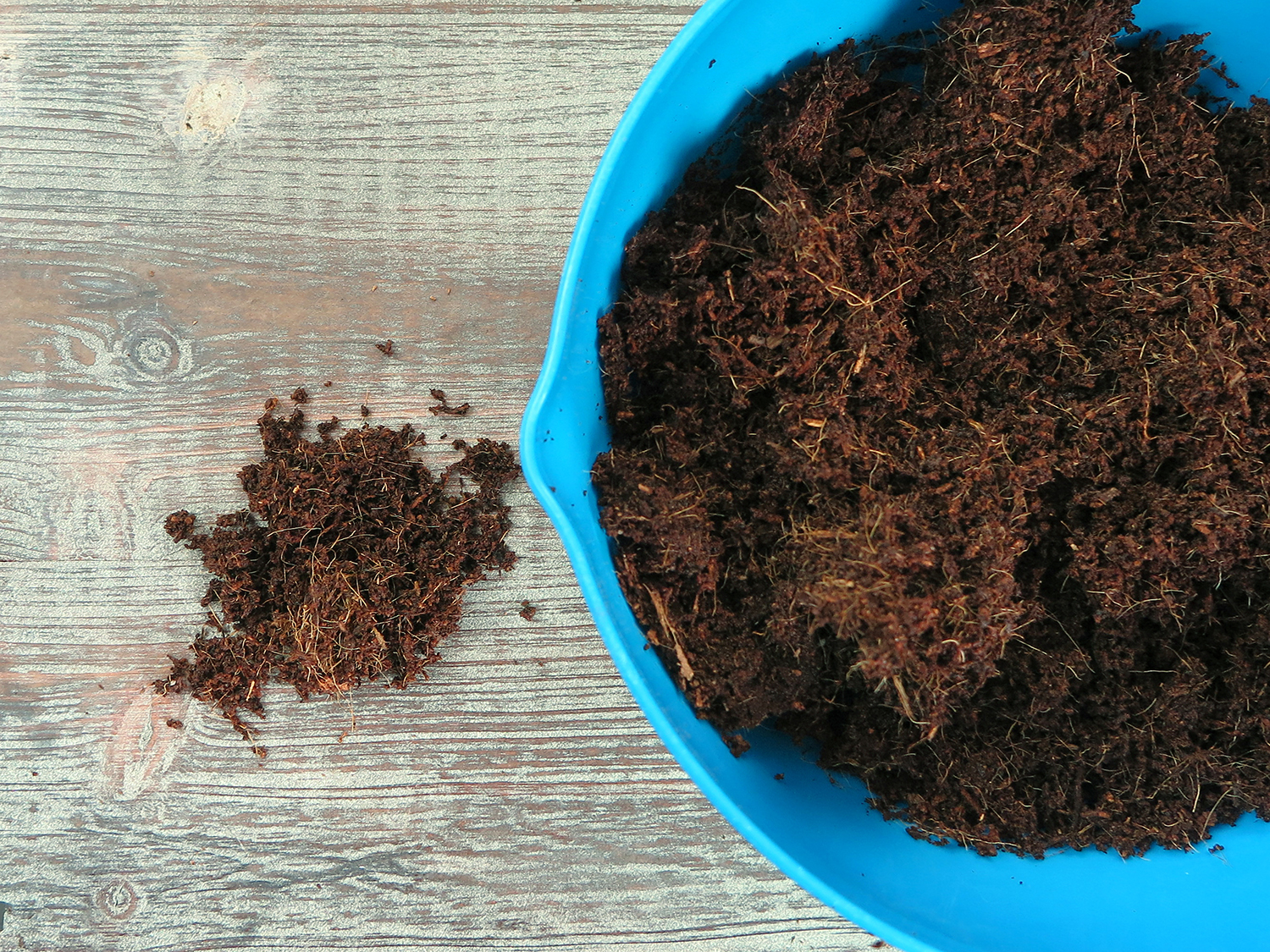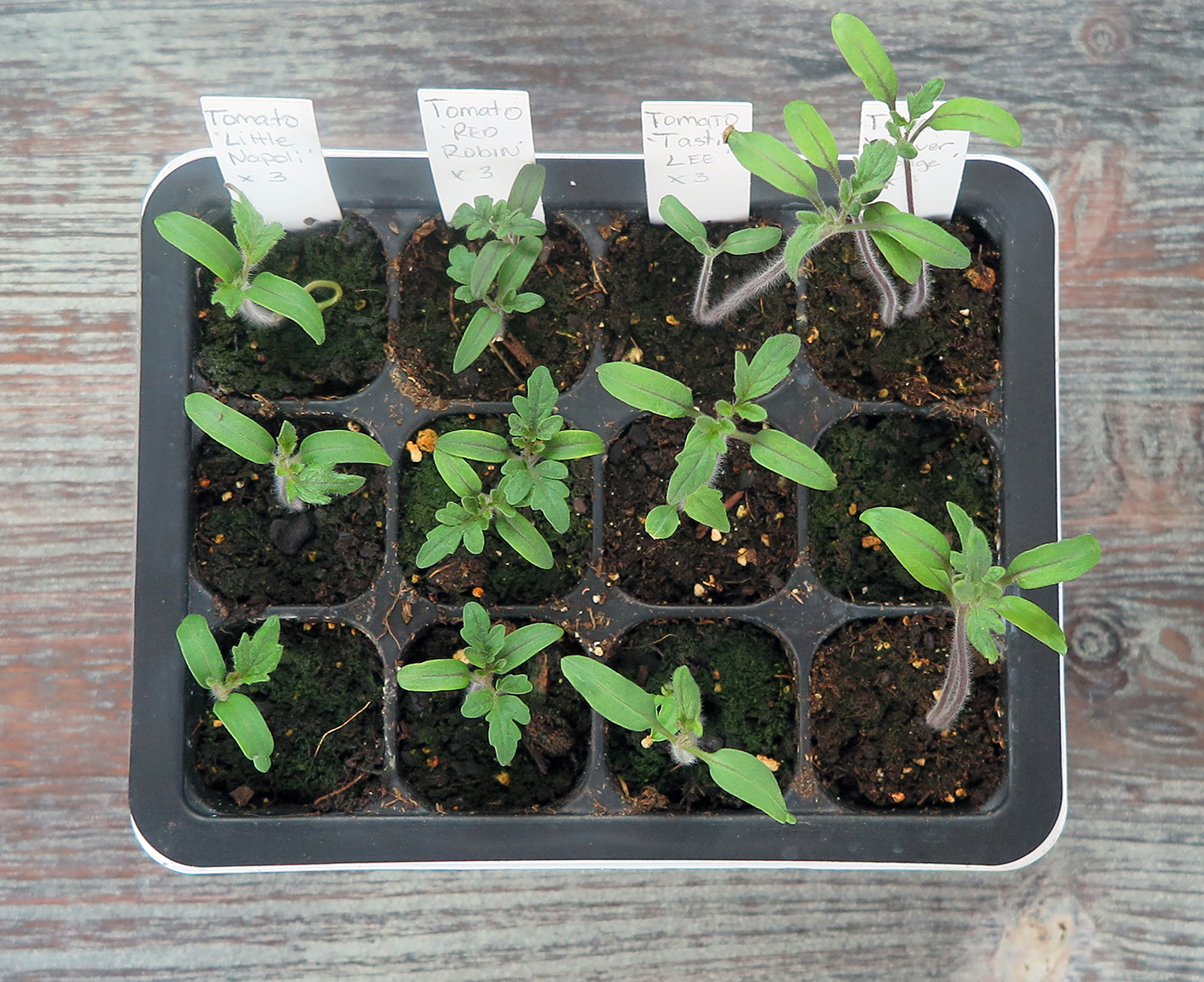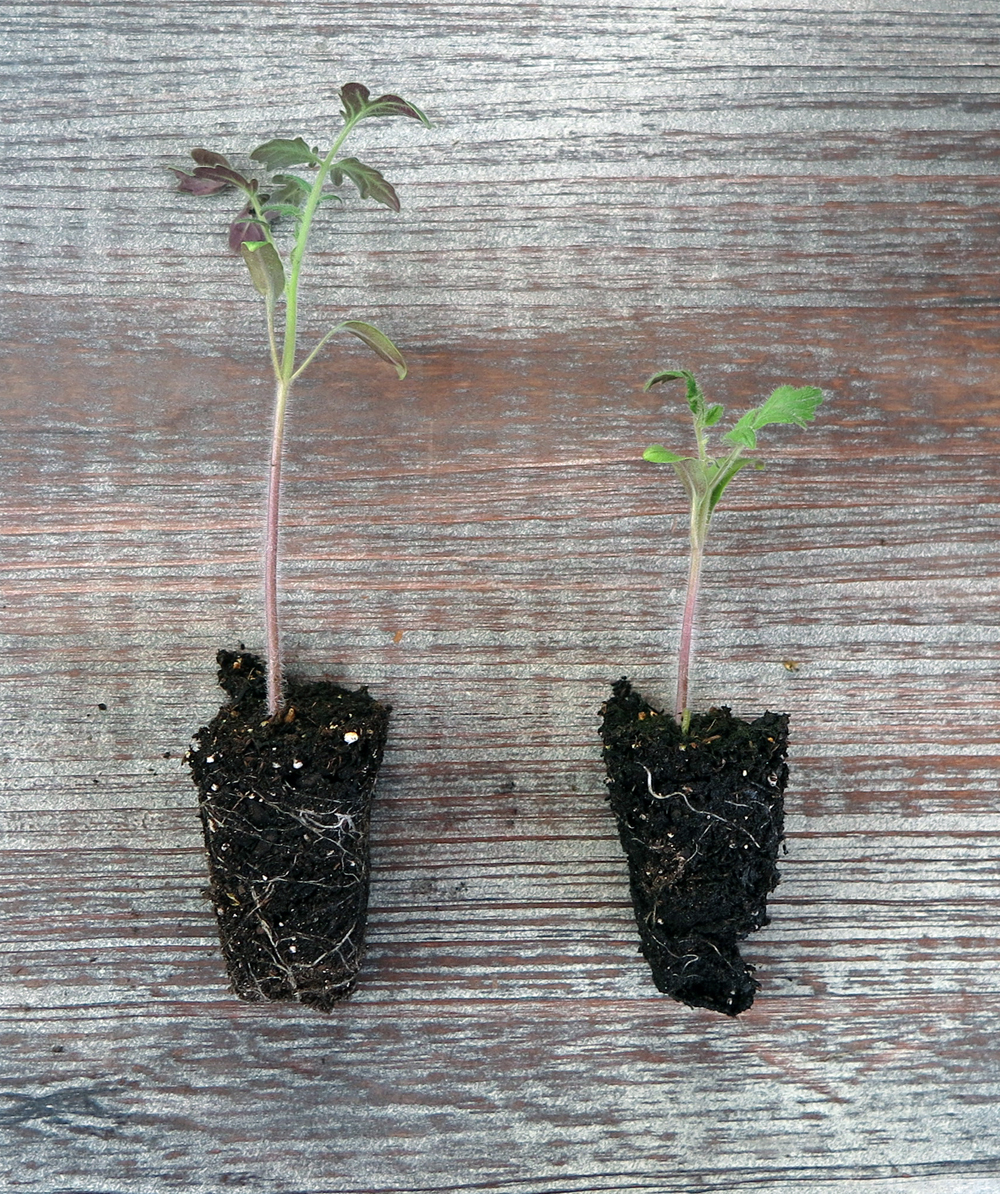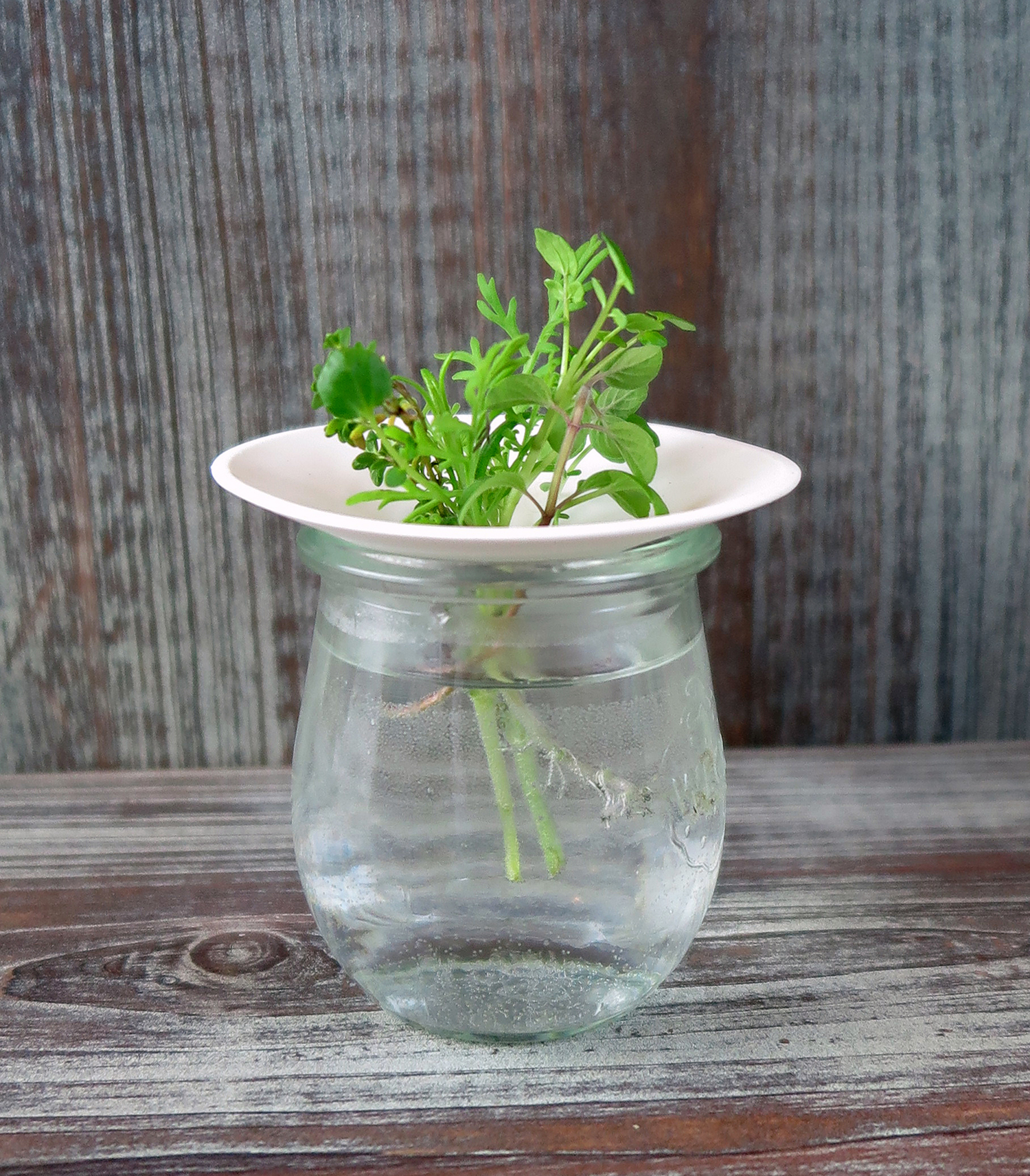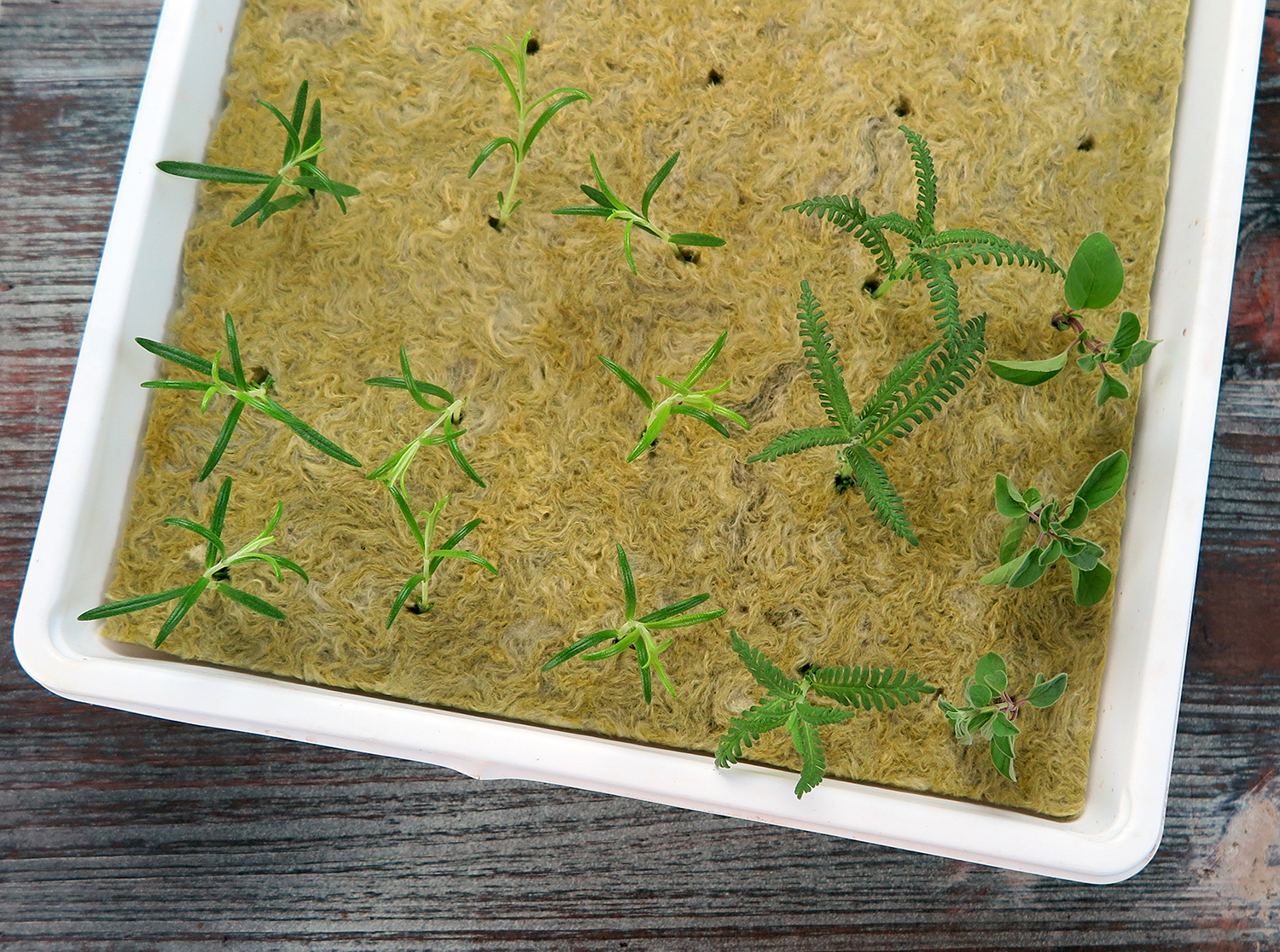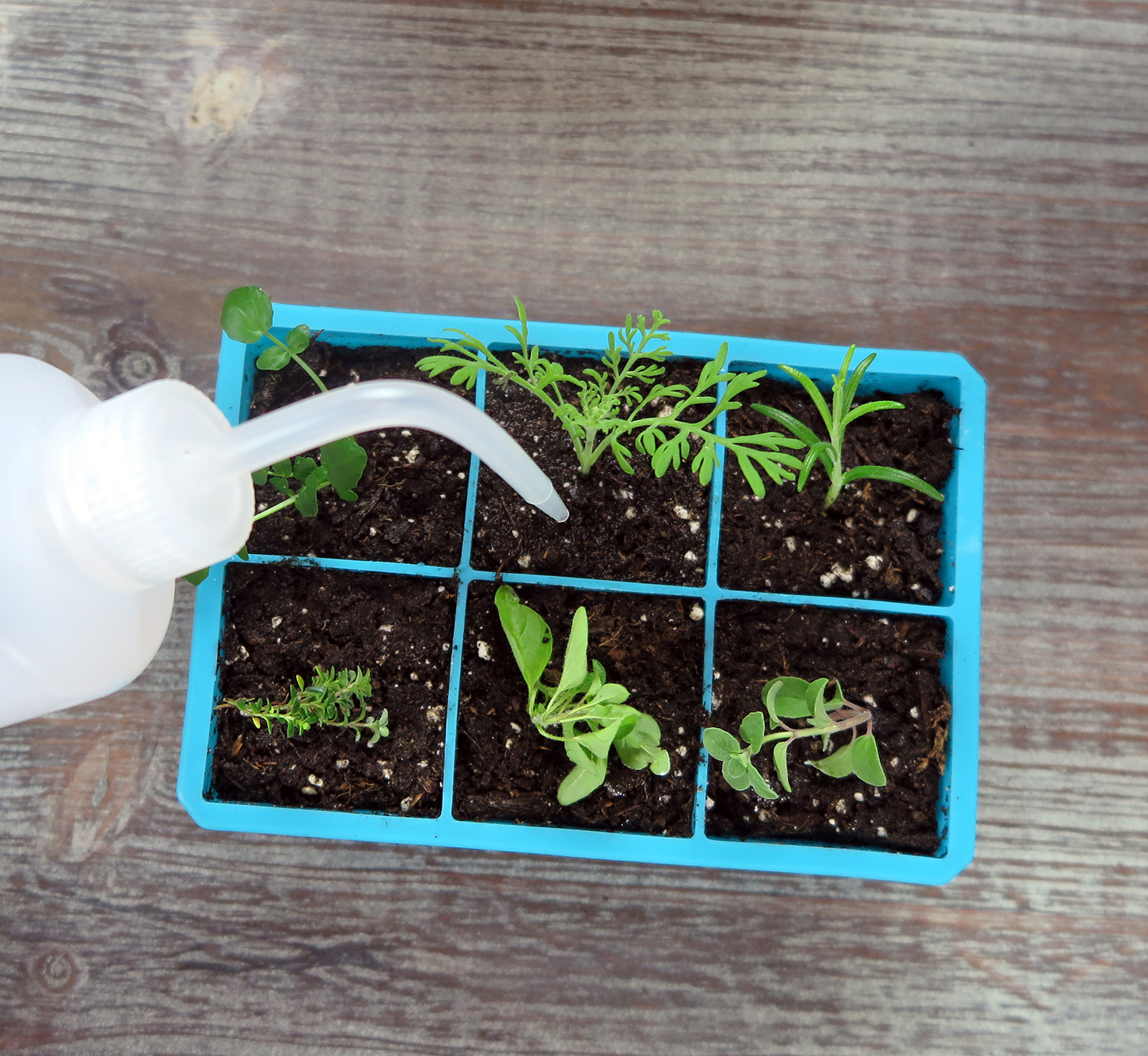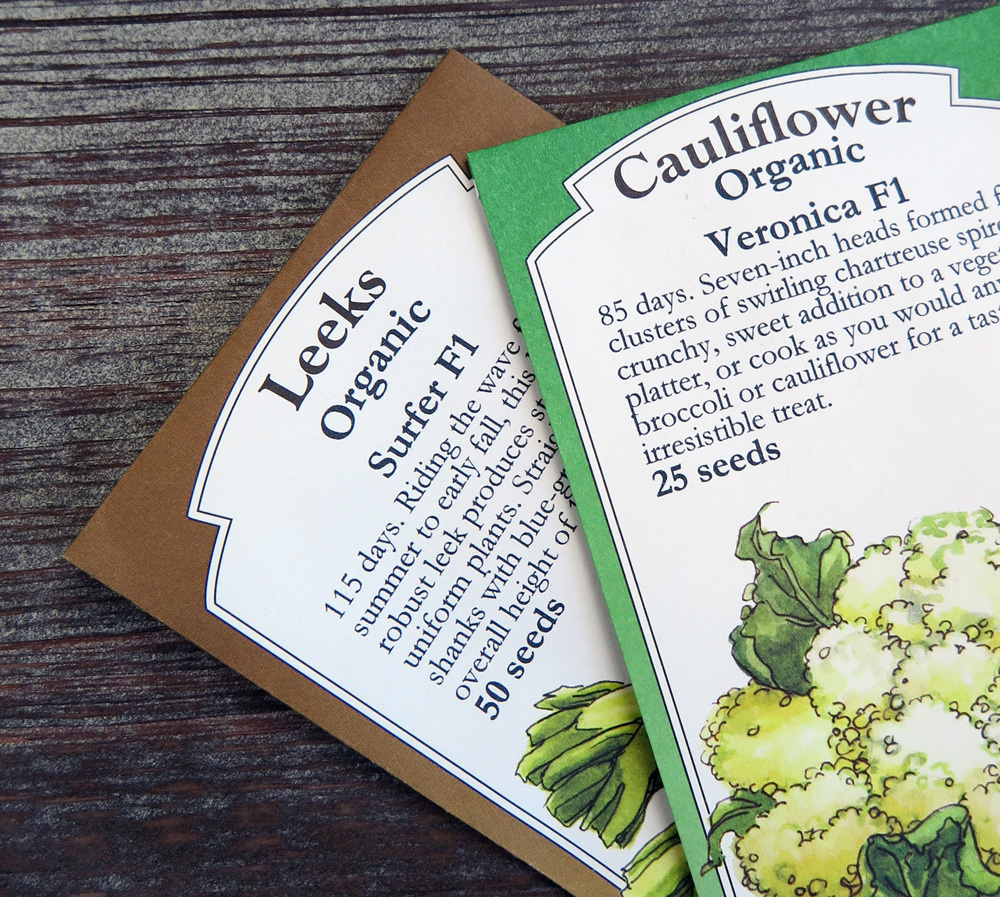Plant Parenting: Seed Chitting
June 23, 2020
For most annual and edible seeds, normal germination occurs at optimal soil temperature and moisture levels without any special techniques. But you can speed up the germination process (or improve germination rates from older seed stock) if you pre-sprout them, a process called chitting or greensprouting. Chitting involves soaking the seeds, usually for 24 hours (some species require more time), before you sow them into pots or into the garden.
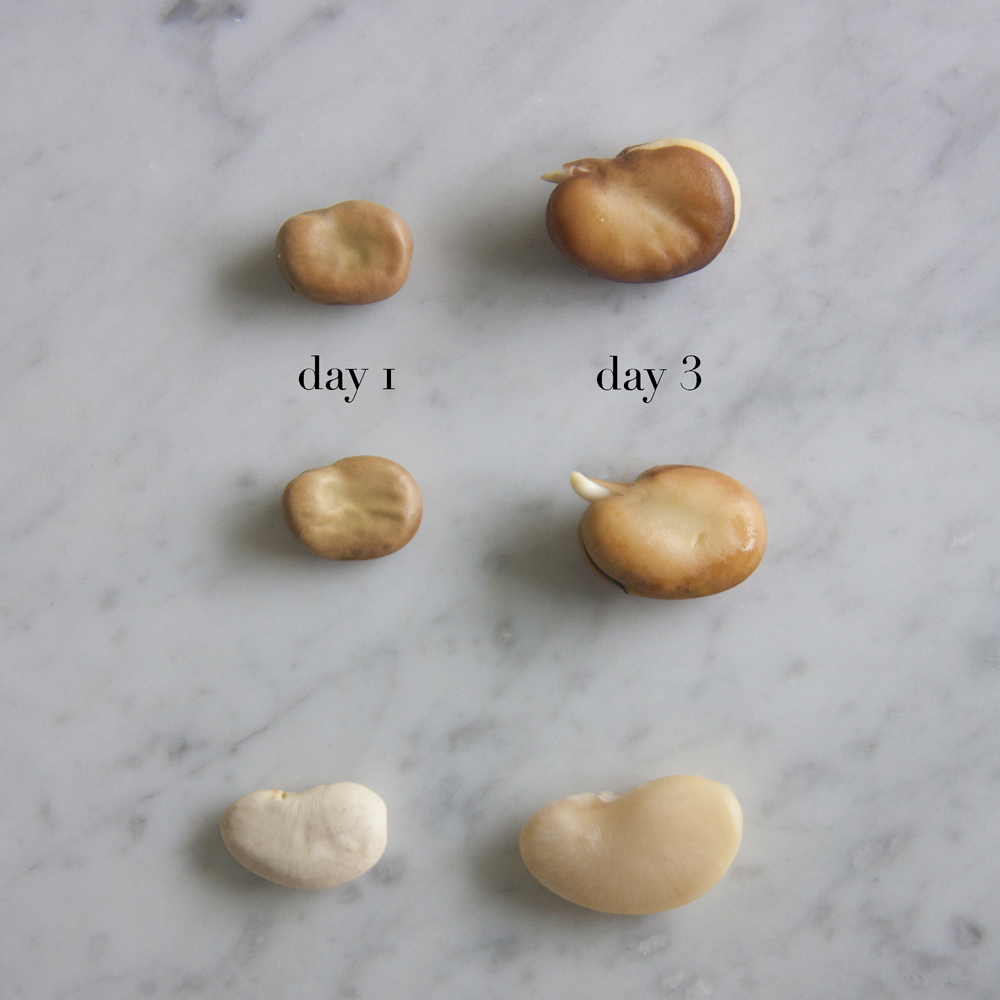
As these seeds soak up water during chitting, they swell, and the germination process begins.
PC: Botanopia.com
How to Chit Seeds
- Moisten some dish towels, paper towels, or newspaper to the dampness of a wrung-out sponge, then set the damp material in a tray or on a plate.
- For seeds that sprout quickly, such as beans (1-3 days), simply spread your seed onto the moist surface. For seeds that take longer & need more constant moisture or harder seeds that take longer to sprout, like succulents and cactus, insert the moistened dish towel or paper towel into a small plastic baggy, place seeds inside, and seal the baggy.
- Place in a warm spot in your home.
- Seeds will absorb the moisture & swell, some will germinate & being to sprout. Immediately plant these sprouted seeds into a water rooter, growing media or seed plugs.
- If your seeds have been molding, then dilute a 1:25 ratio of hydrogen peroxide to water & wipe the seeds with the solution before you place them into the moist towel.
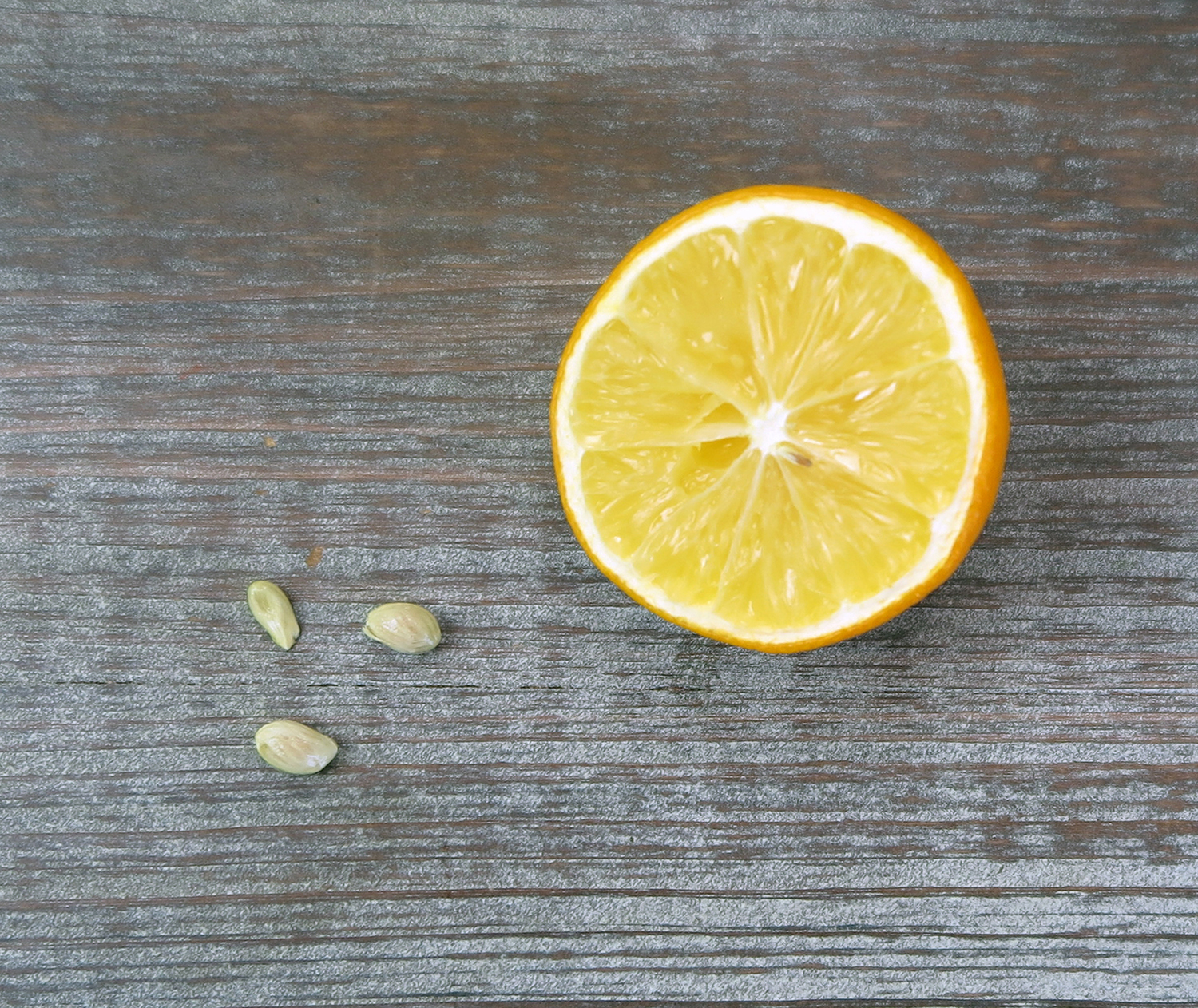
Citrus seeds benefit from pre-sprouting, and will then root more easily..
PC: Leslie F. Halleck

